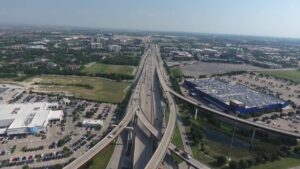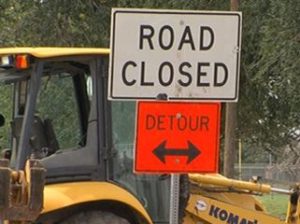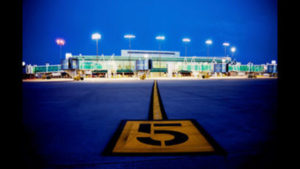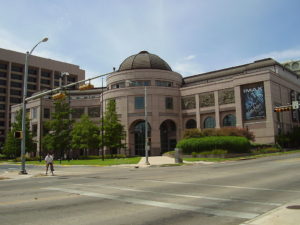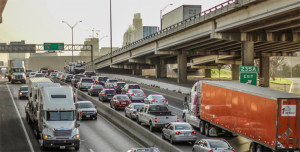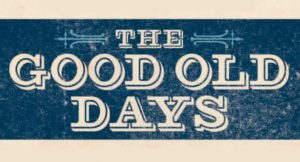
Have you ever met someone who loves to tell stories about the old days?
And have you ever heard that someone tell those stories in an way that enthralls the listener?
I’ve met such a man. His name is Jack. I don’t know his last name. He’s 82 years of age. He lives in the town where he was born, raised and where he came of age.
It’s in Dripping Springs, Texas.
We met with Jack this morning at a popular diner on Dripping Springs’ main drag: U.S. Highway 290; there’s a sign on the wall next to the kitchen that says, “Dripping Springs: Just west of weird,” meaning, I presume, Austin.
We had breakfast, but Jack just strolled in on one of his several regular coffee stops before going to church. He’d already been to the Whataburger and was headed to Subway after downing his coffee at the diner.
We had met Jack once before. He’s a friend of my wife’s brother. My wife and I were camped at an RV park in Johnson City, just a bit west of Dripping Springs. Jack and my brother-in-law came over that day.
What’s so appealing about Jack?
Frankly, I can’t quite describe it.
Dripping Springs ain’t exactly Austin or San Antonio. The sign entering the town lists its population at 1,788 individuals. My guess is that it’s larger than that now. Construction crews are leveling property all over town, laying utility lines down in preparation for more home and business construction.
One of these days — probably quite soon — Dripping Springs is going to be much larger than it is today.
Jack’s head must be spinning.
He told us this morning about a bison that got loose and was roaming through the town in the old days; he talked about how cattle walked and grazed through the town. “No one cared,” Jack said.
He talked about how his parents were able to provide for young Jack with so very little in the way of what we could call “modern conveniences.”
There is just something remarkably unassuming and so durn “down home” about ol’ Jack. He speaks with that classic Texas twang.
He’s a delightful gentleman who just seems to love regaling “young folks” like my wife, brother-in-law and me with tales of how it used to be in a place that to my eyes doesn’t look too terribly removed from how it was.
I am certain Jack sees it through an entirely different prism.
I’m hoping to get back to the Hill Country soon and perhaps listen to more tales of days gone by from Jack. He has me spellbound.
